
The attractive and interactive exhibition in the Geopark Centre is dedicated to Austria's oldest early saurian finds and the most beautiful fossil finds of the region. Details and admission prices can be found here.
Information on the Geopark can be found in our folder.
Information on the cross-border Geoparco Alpi Carniche can be found here.
La mostra attraente e interattiva al Centro Visitatori è dedicata ai più antichi reperti di sauri dell'Austria e ai più bei reperti fossili della regione. I dettagli e i prezzi d'ingresso sono disponibili qui.
Informazioni sul Geoparco sono disponibili nella nostra cartella.
Informazioni sul Geoparco transfrontaliero Alpi Carniche sono disponibili qui.
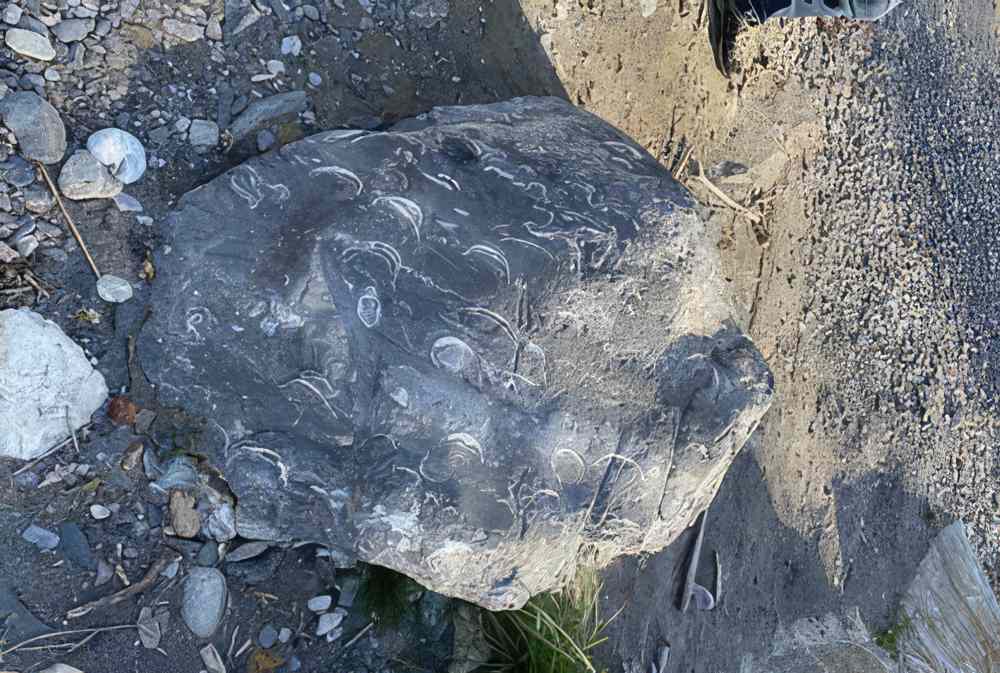 |
"I SEGRETI GEOLOGICI DELLA CARINZIA"
Dalla fine di giugno, un nuovo gioco interattivo ha arricchito la mostra al Centro Visitatori.
Intraprendete un viaggio emozionante nel mondo degli antichi fossili, delle preziose materie prime e delle rocce uniche della Carinzia. Mettete alla prova le vostre conoscenze rispondendo a domande affascinanti, raccogliendo punti e scoprendo le meraviglie geologiche della Carinzia!
Il Geogioco è stato realizzato nell'ambito del progetto Interreg Italia-Austria "4193-"Etnospazi" e cofinanziato dal Fondo europeo di sviluppo regionale.

La pietra calcarea, ricca di fossili e del peso di circa 3 tonnellate, risale al Paleozoico (Siluriano) delle Alpi Carniche e proviene dal Rauchkofel. Grazie agli oltre mille resti fossili di orthoceres o corna rettilinee presenti solo sulla superficie della pietra, è considerato esemplare per la ricchezza fossile delle Alpi Carniche e colpisce tutti i visitatori del Geoparco. Dopo che nel corso degli anni si è formata una crepa e la pietra minacciava di rompersi, lo scorso autunno è stato necessario smantellare la pietra per escludere qualsiasi pericolo per le persone in particolare.
La pietra è stata restaurata nel giugno 2023 e rimessa di fronte al Centro Visitatore. Il progetto è stato finanziato dall'Ufficio del Governo Provinciale della Carinzia, Dipartimento 14 - Arte e Cultura.
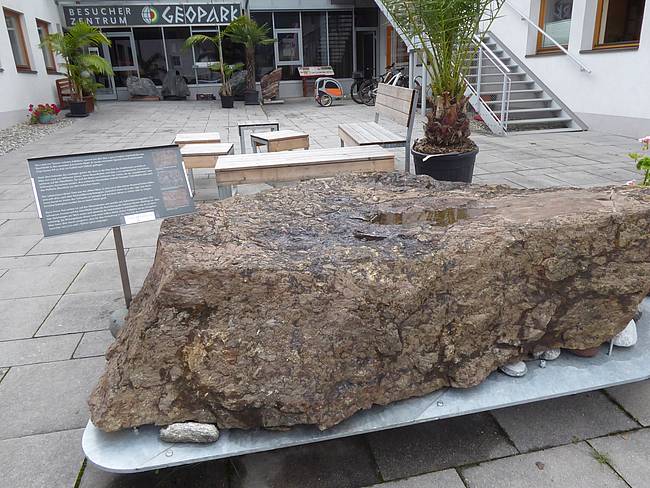
The limestone, which is rich in fossils and weighs about 3 tonnes, dates from the Palaeozoic (Silurian) period of the Carnic Alps and comes from the Rauchkofel. Because of its more than a thousand fossil remains of orthoceres or straight horns on the surface of the stone alone, it is considered exemplary for the fossil wealth of the Carnic Alps and impresses all visitors to the Geopark. After a crack formed over the years and the stone threatened to break, the stone had to be dismantled last autumn in order to exclude any danger to people in particular.
The stone was restored in June 2023 and put back in front of the Geopark Centre. The project was funded by the Office of the Carinthian Provincial Government, Department 14 - Art and Culture.
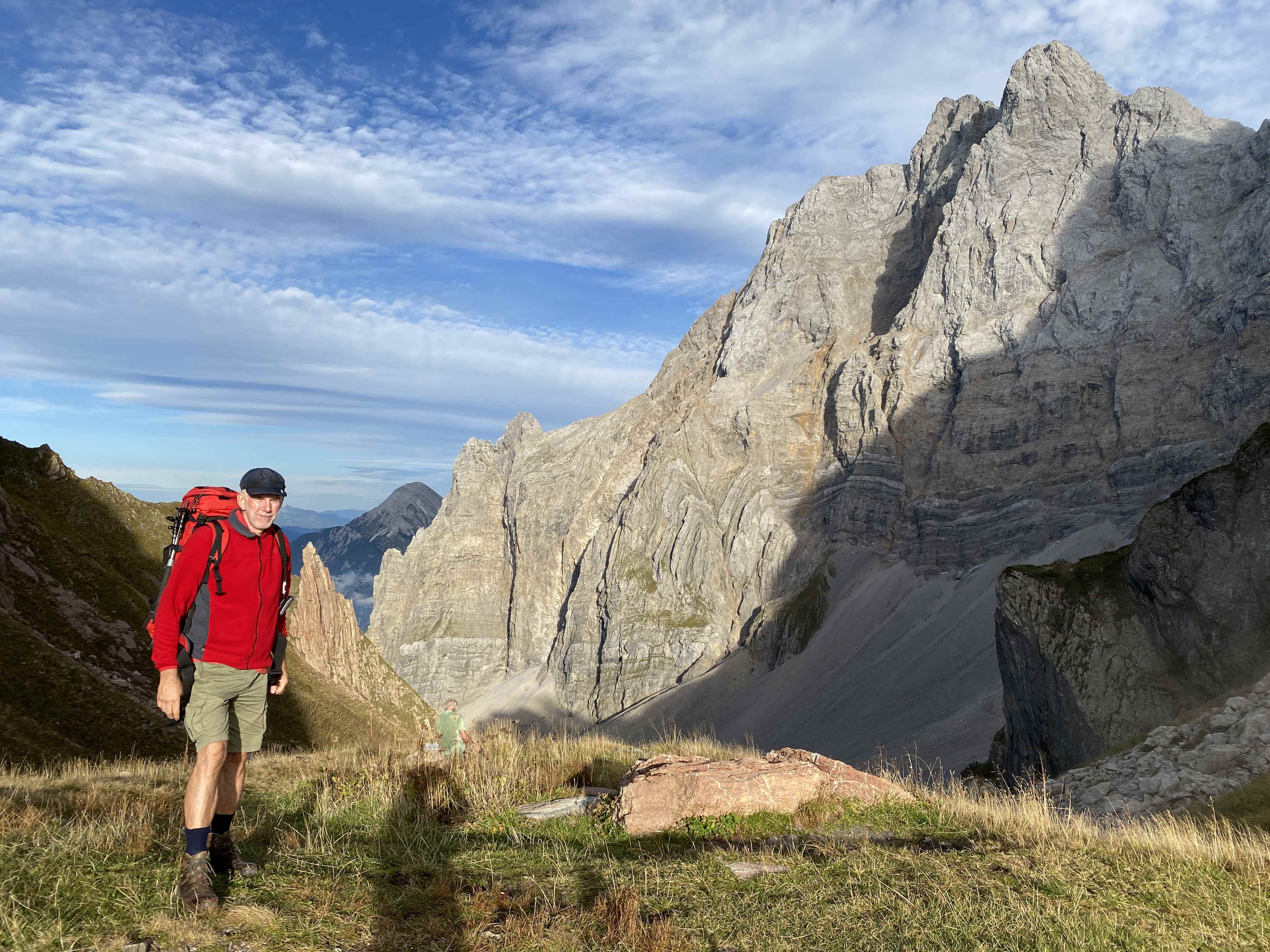 |
Eight geotrails are available on the Austrian side alone since 2019. Three geotrails are cross-border.
You can download our folder here.
Detailed information can be found here.
Information on geotrails in the Italian part of the Geopark can be found here.
Access to the petrified trees on the Laas Geotrail is unfortunately closed due to storm damage. With a good eye or binoculars, however, the nine-metre-long main trunk can be easily recognised in the rock.
Dal 2019 sono disponibili otto geotrail solo sul versante austriaco. Tre geotrail sono transfrontalieri.
Potete scaricare il nostro pieghevole qui.
Informazioni dettagliate sono disponibili qui.
Le informazioni sui geotrail nella parte italiana del Geoparco sono disponibili qui.
L'accesso agli alberi pietrificati sul Geotrail Laas è purtroppo chiuso a causa dei danni provocati dalla tempesta. Con un buon occhio o un binocolo, tuttavia, il tronco principale lungo nove metri è facilmente riconoscibile nella roccia.
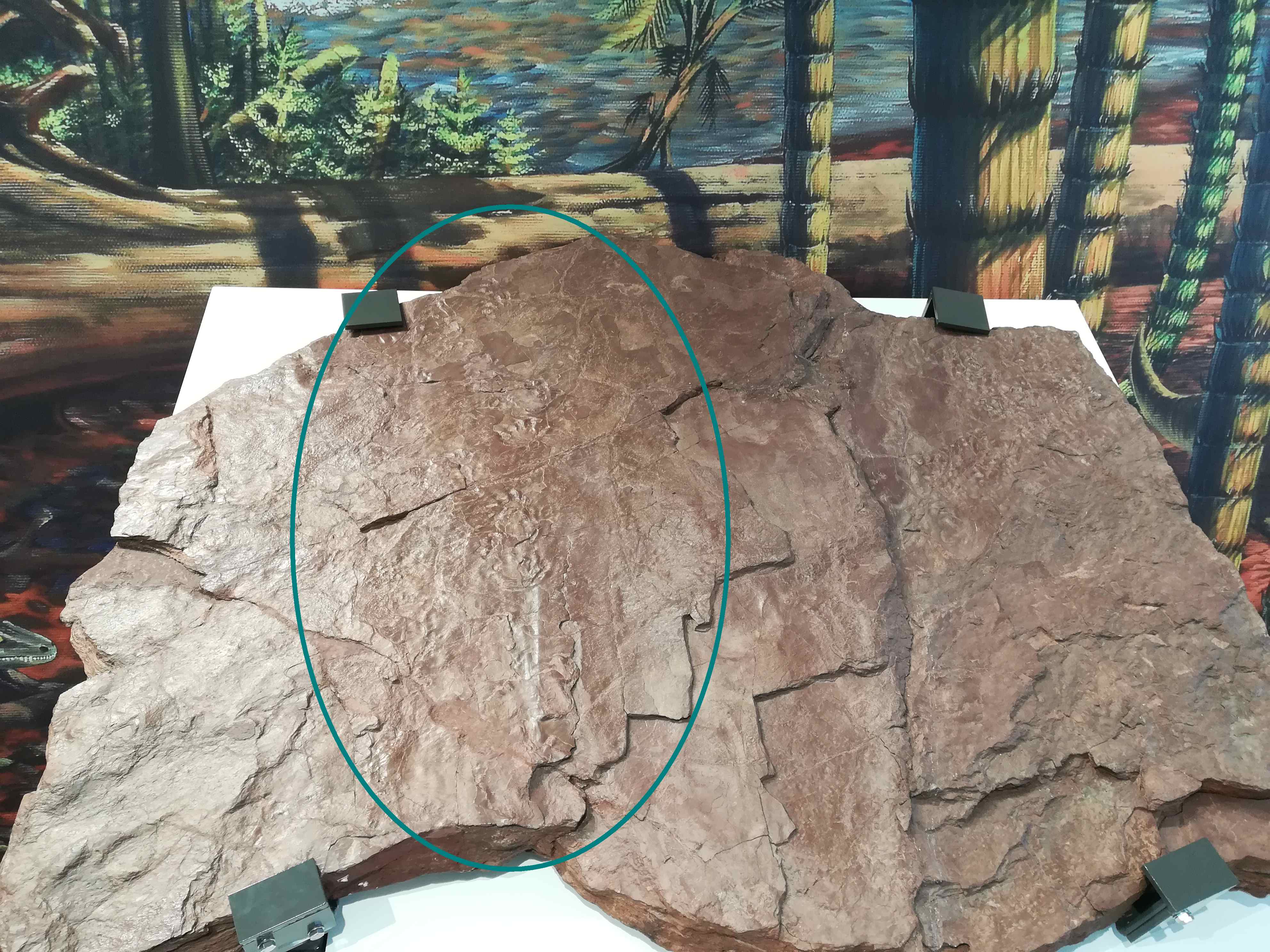 |
 |
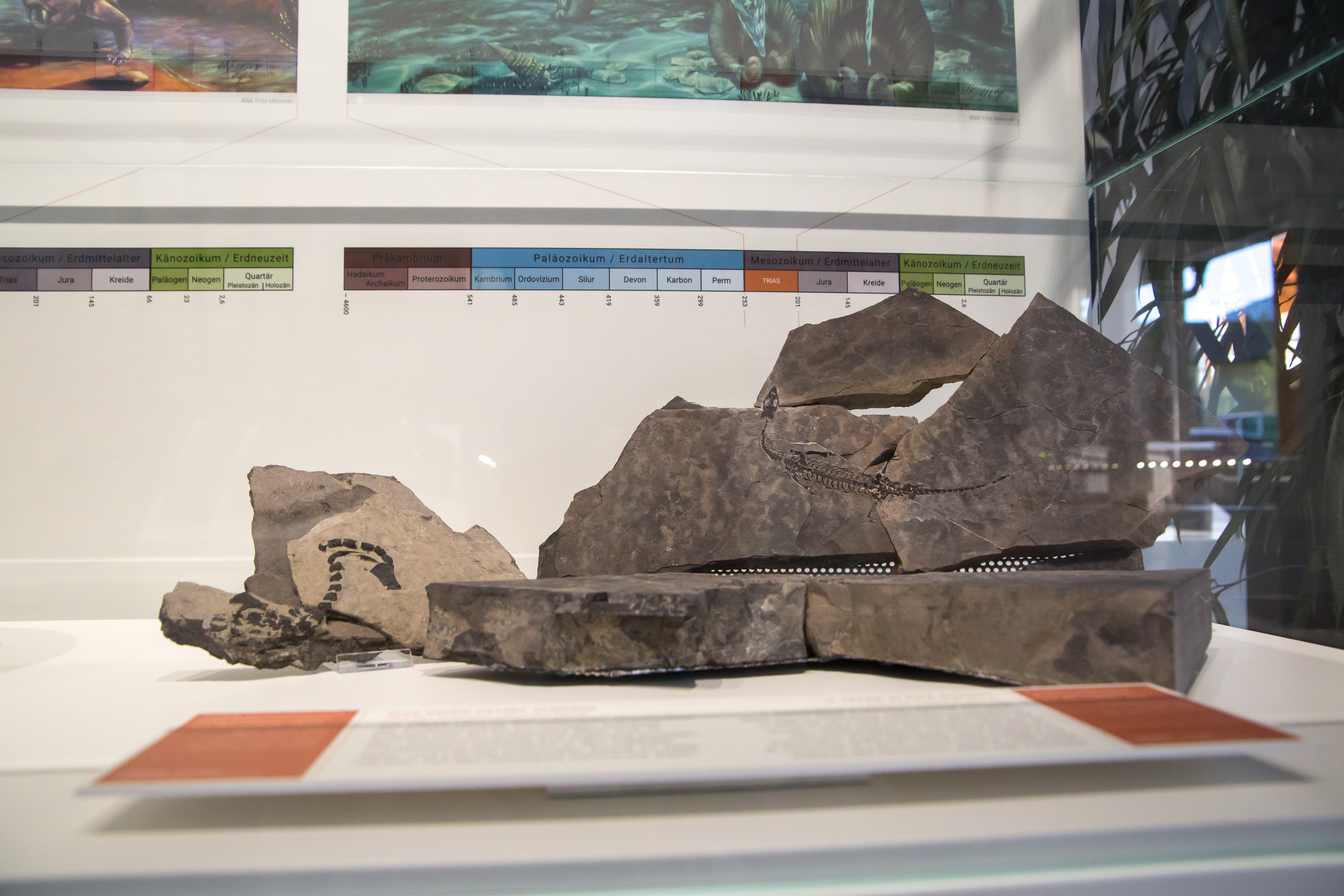 |
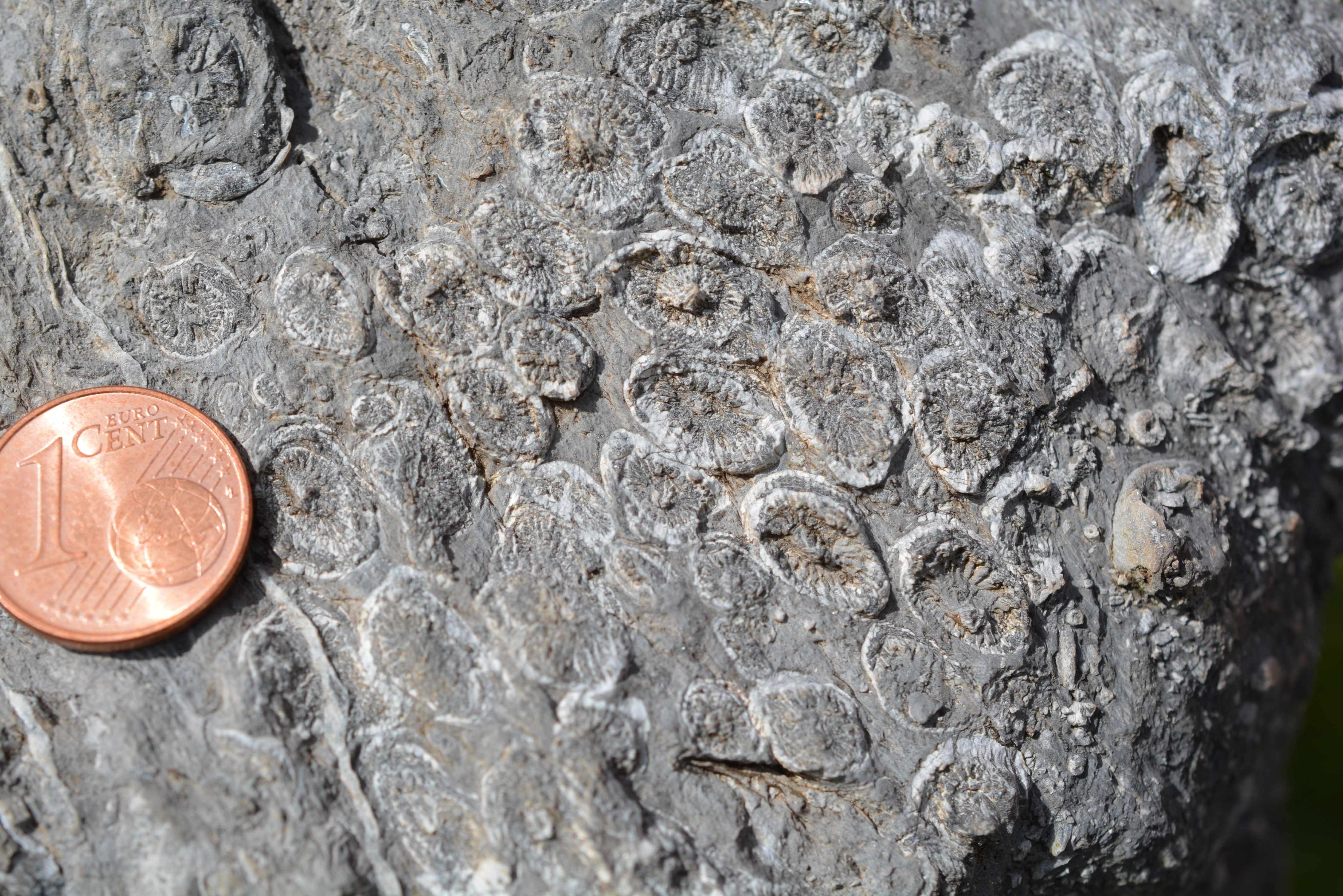 |
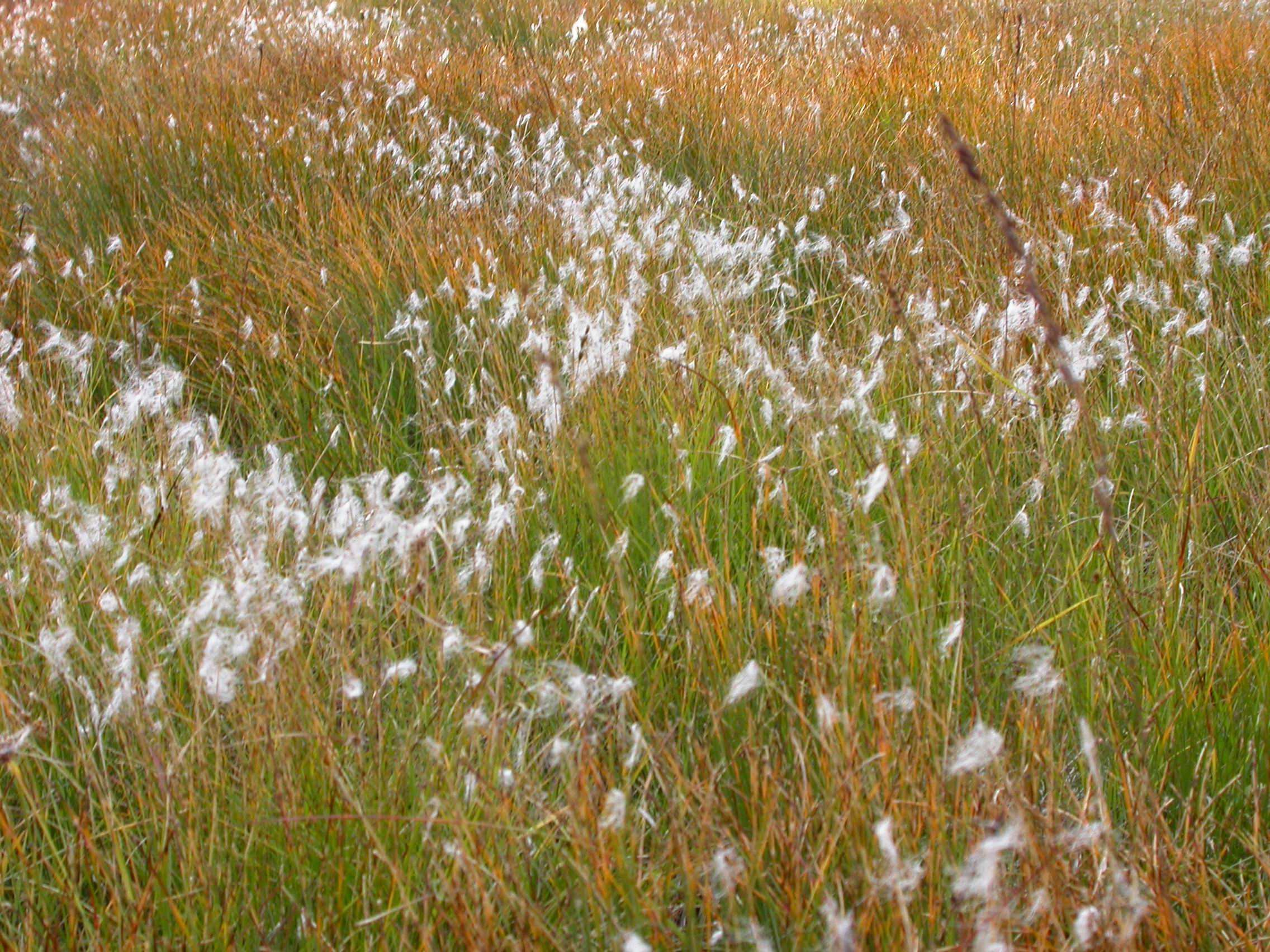 |
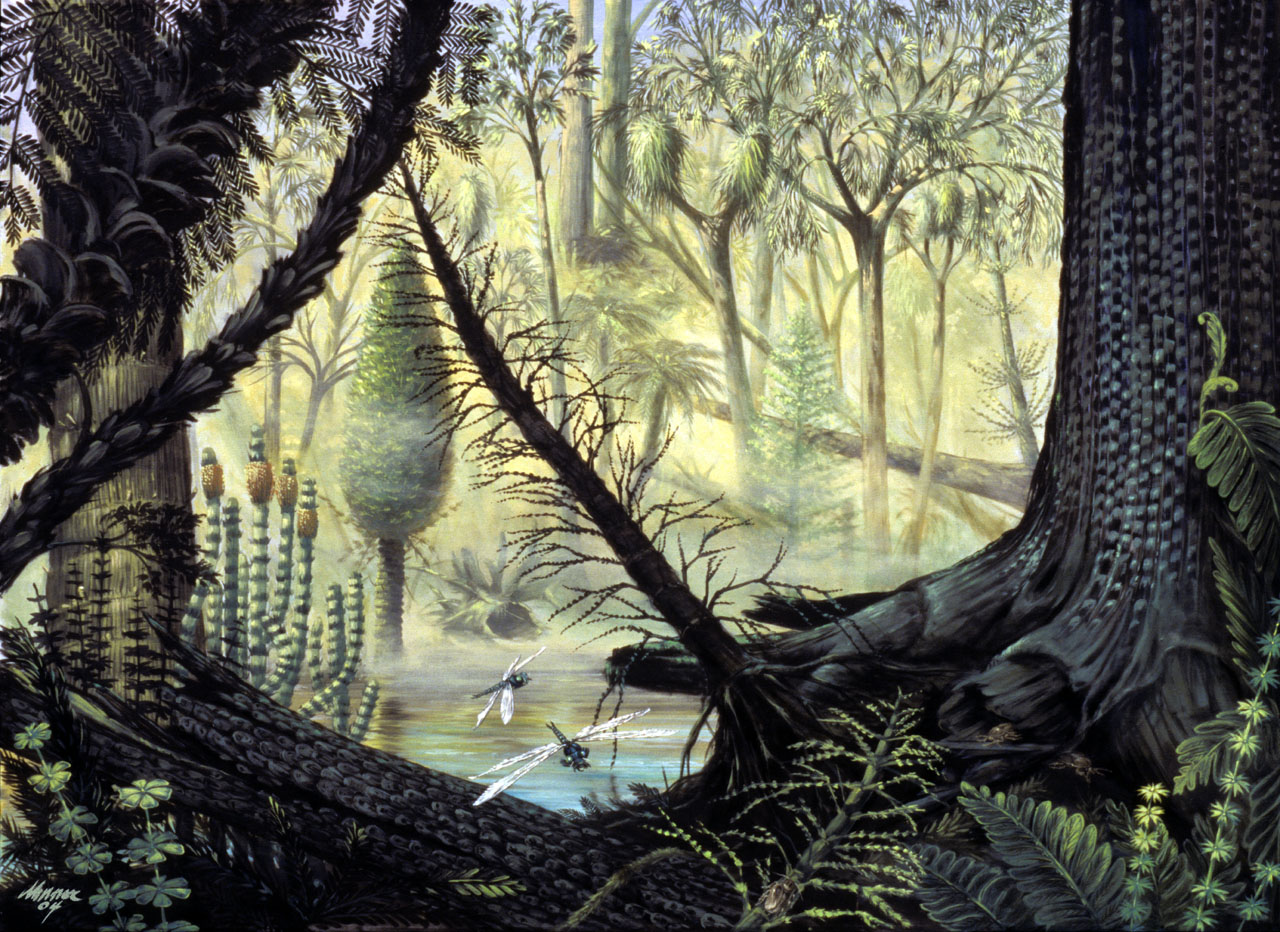 |
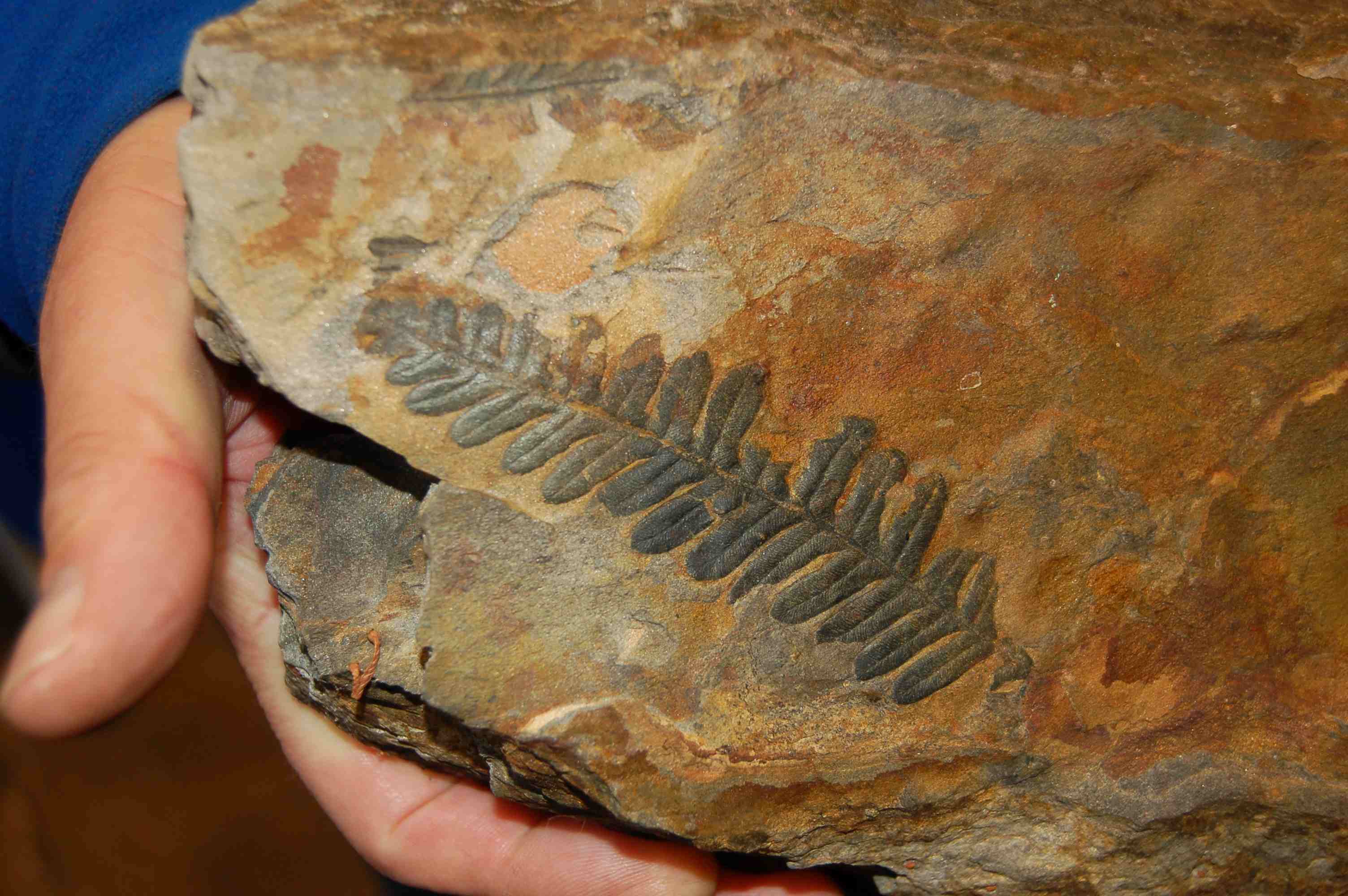 |
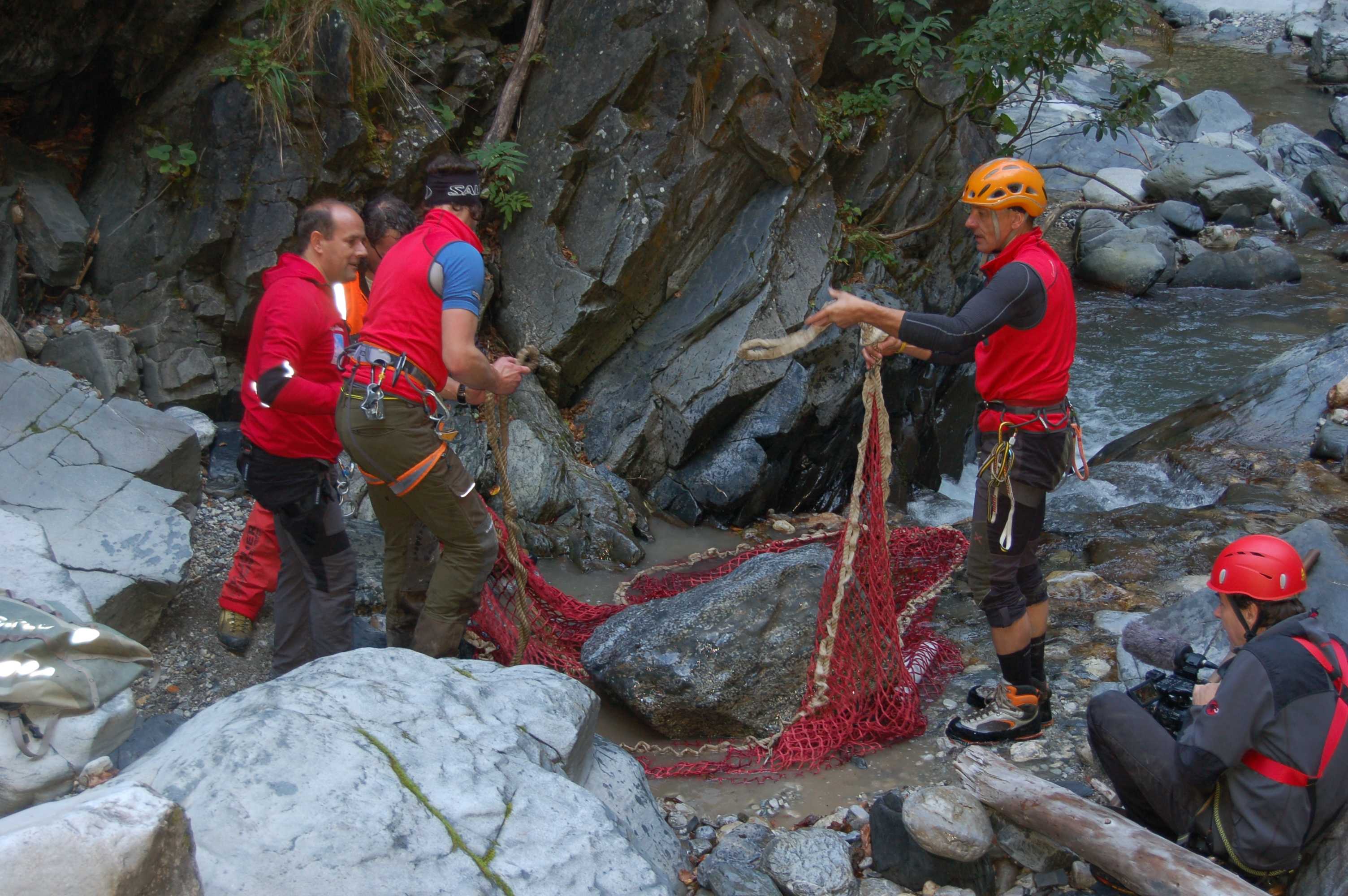 |
 |
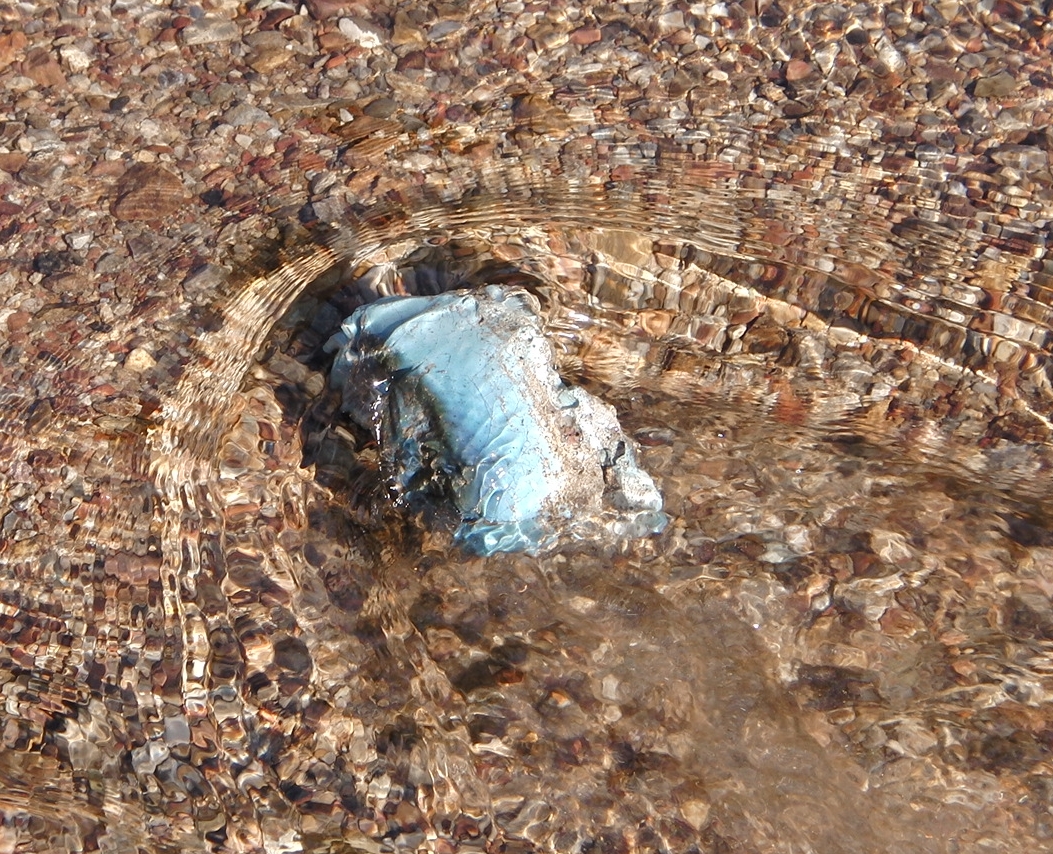 |
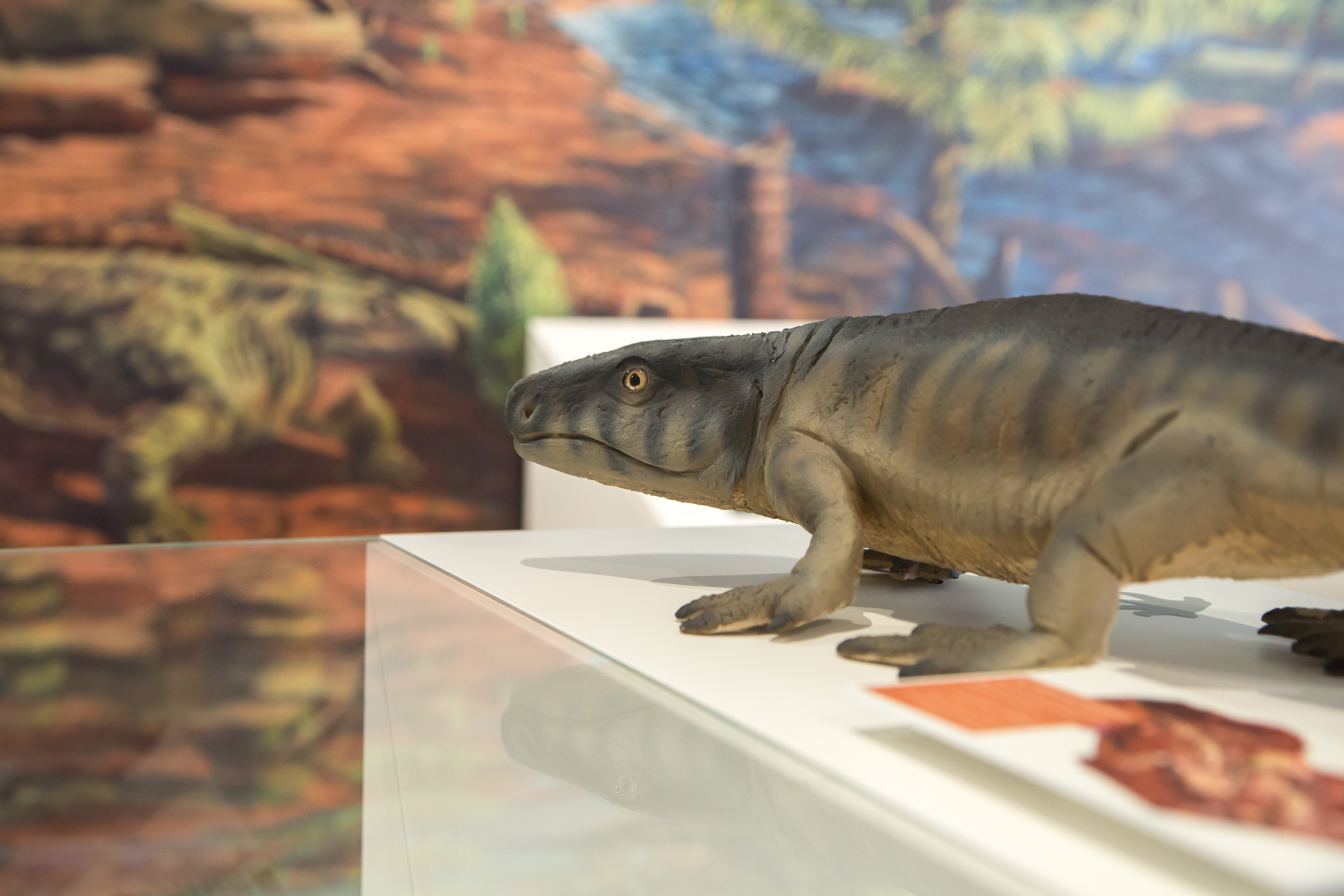 |
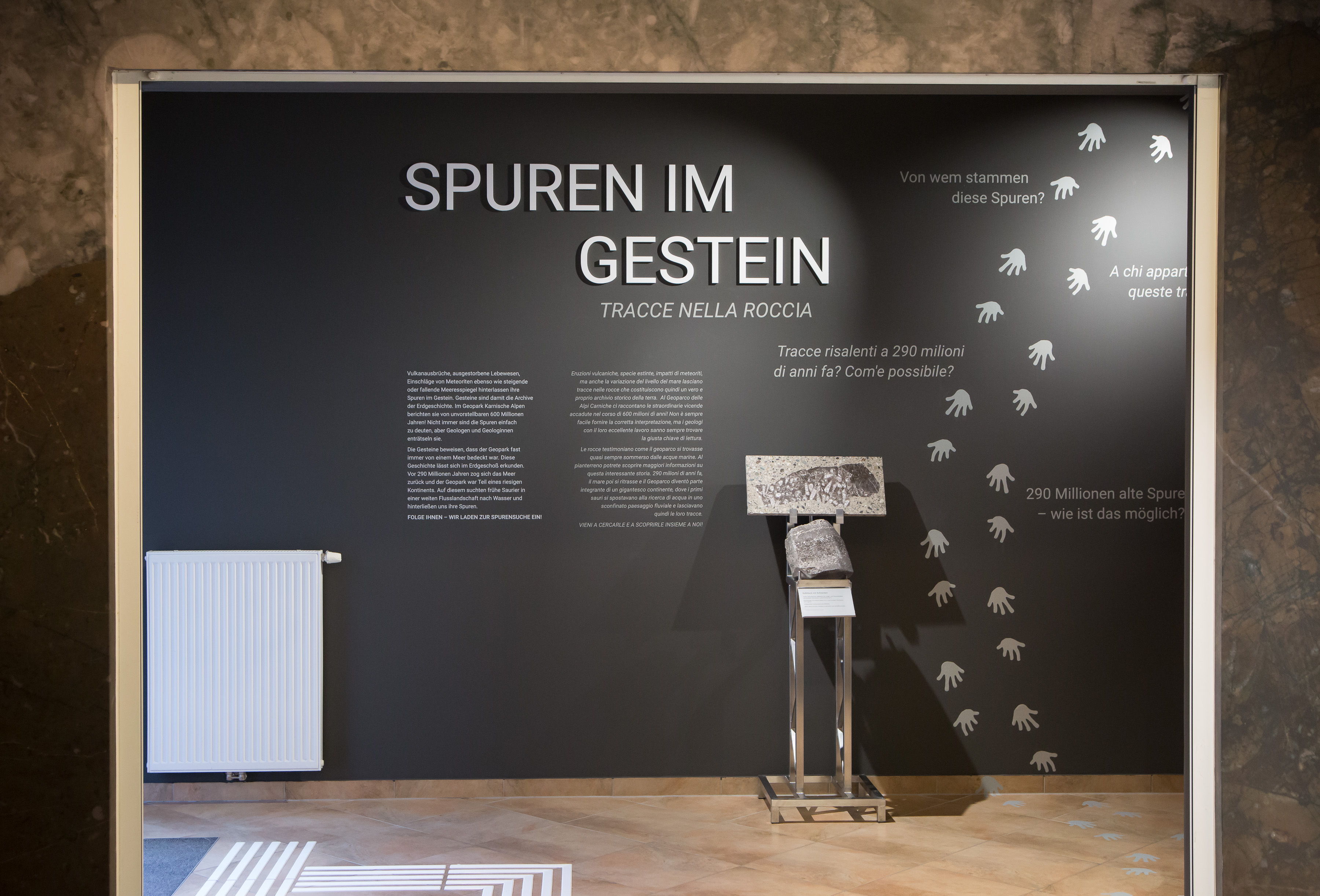 |
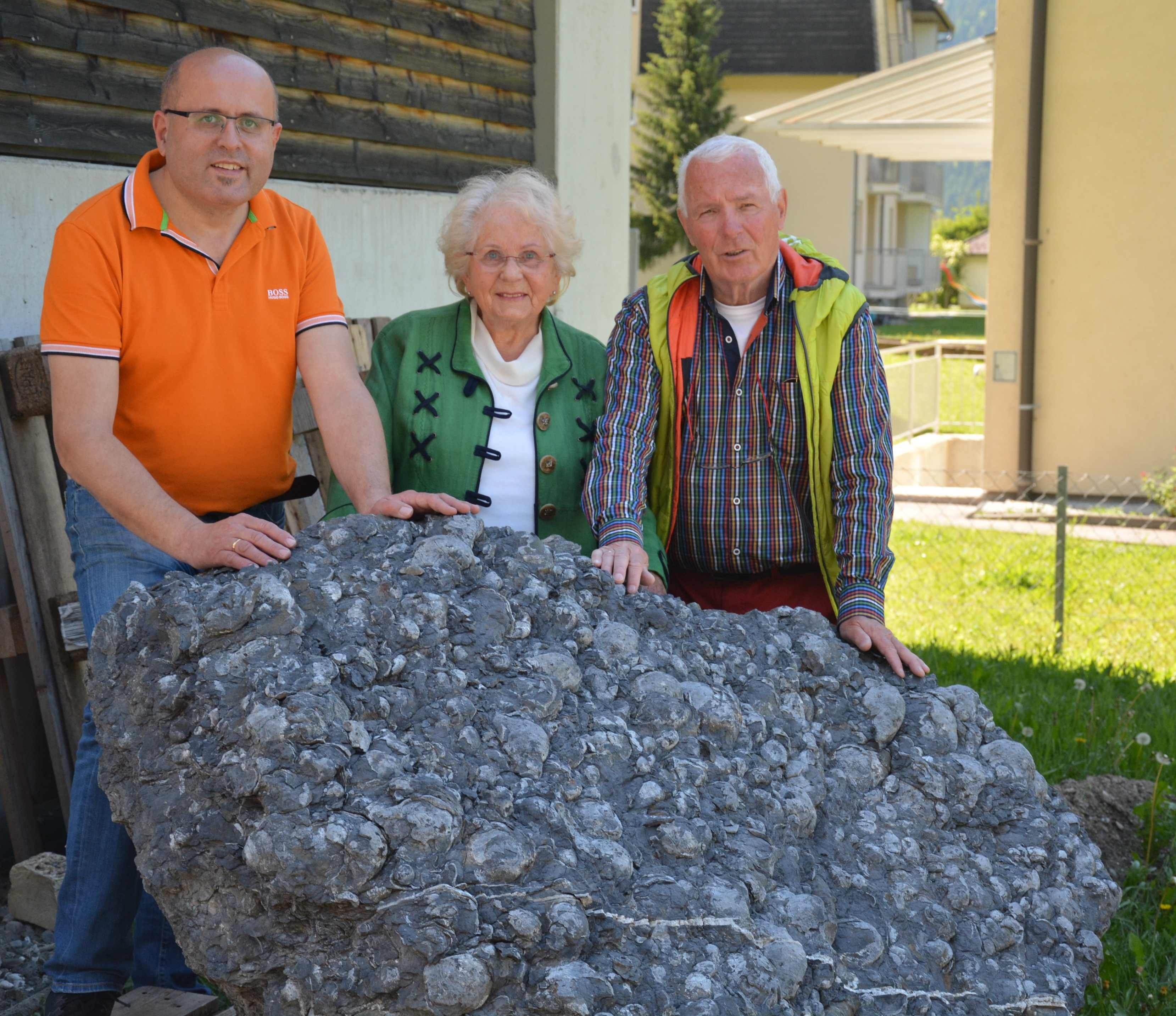 |
 |
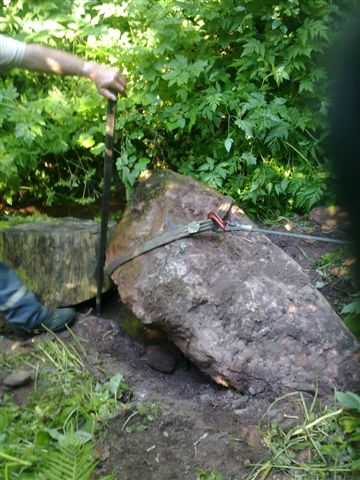 |